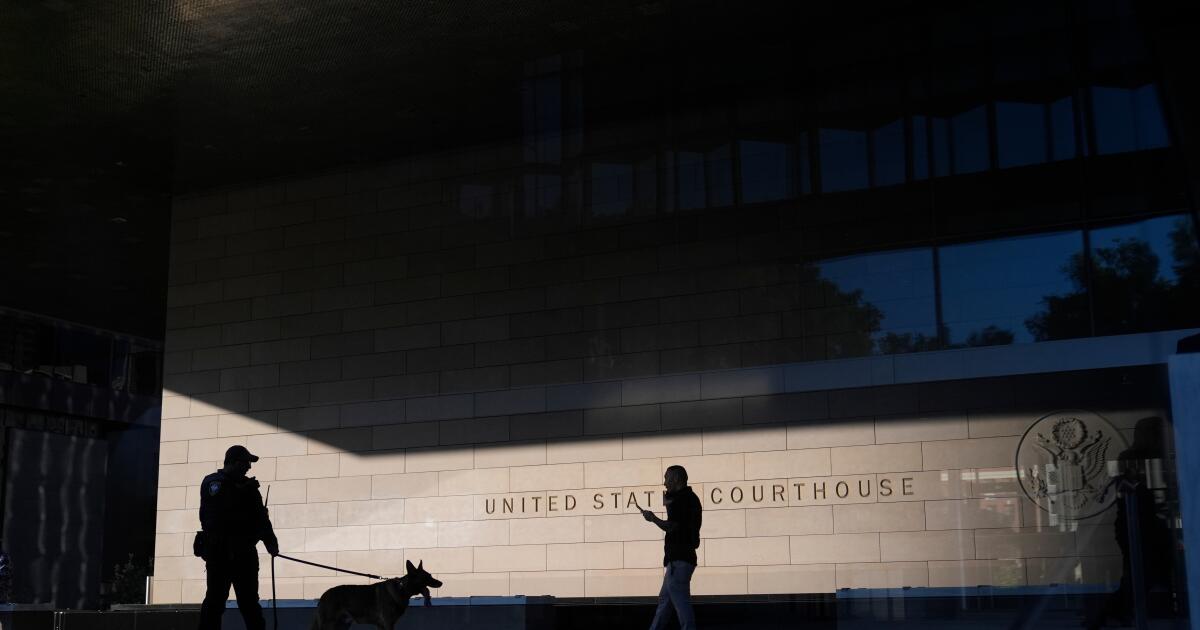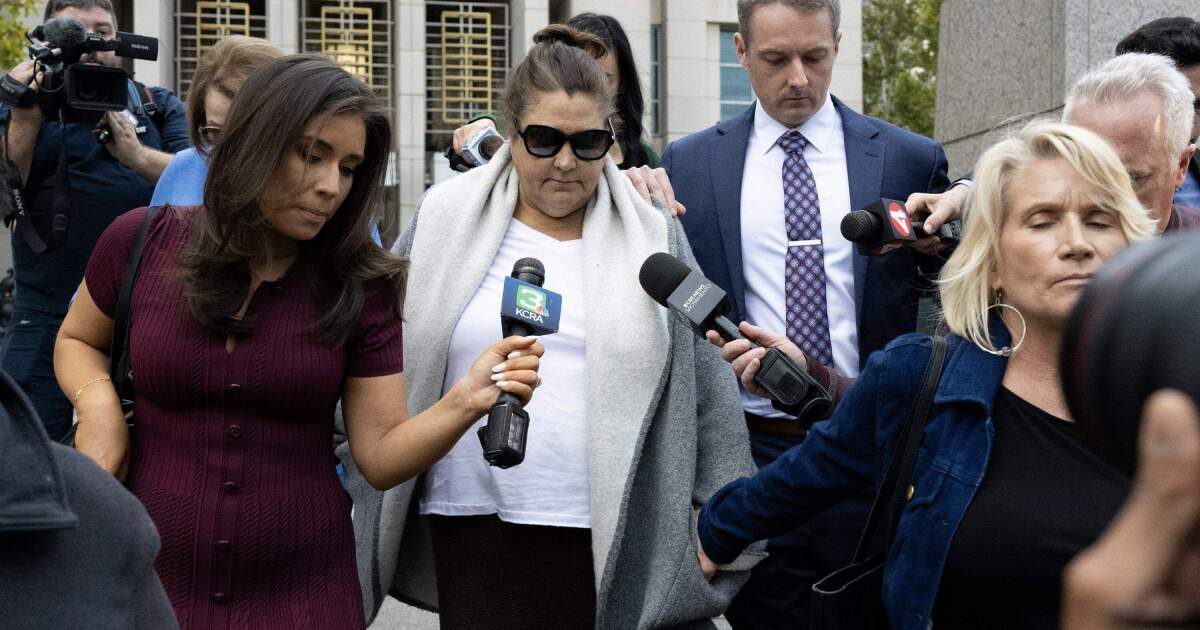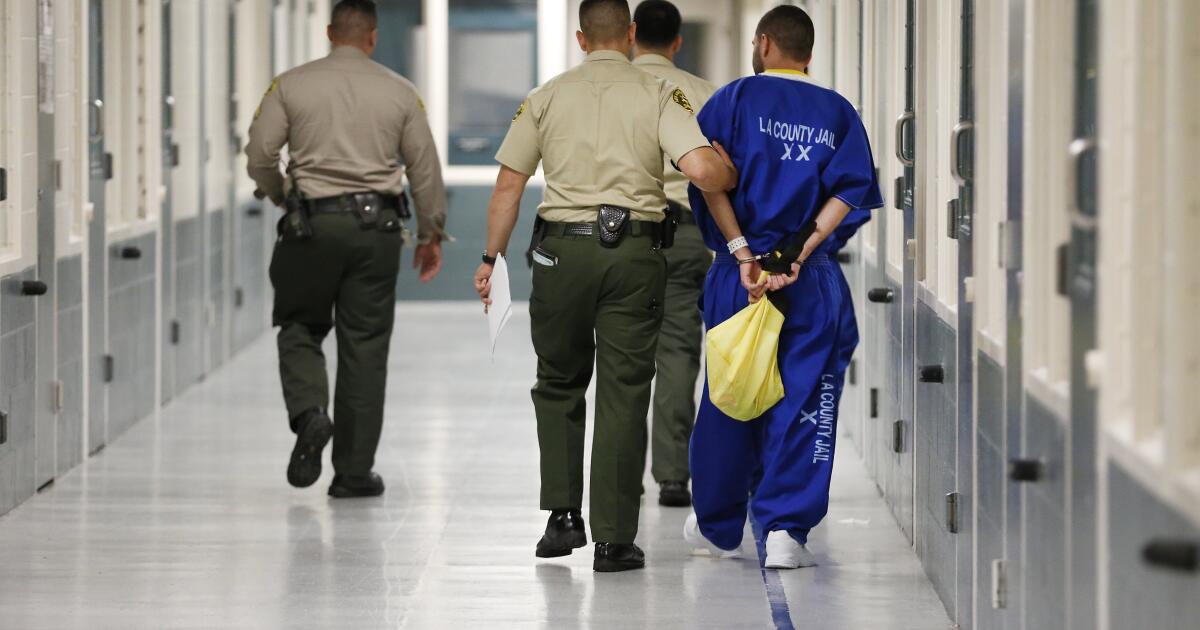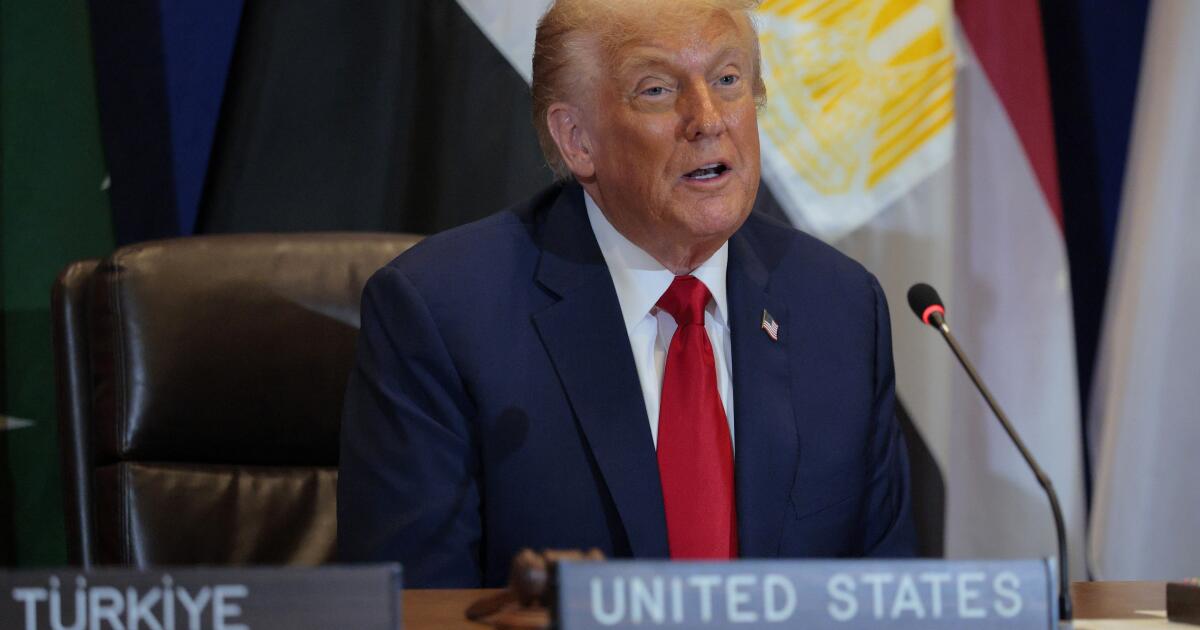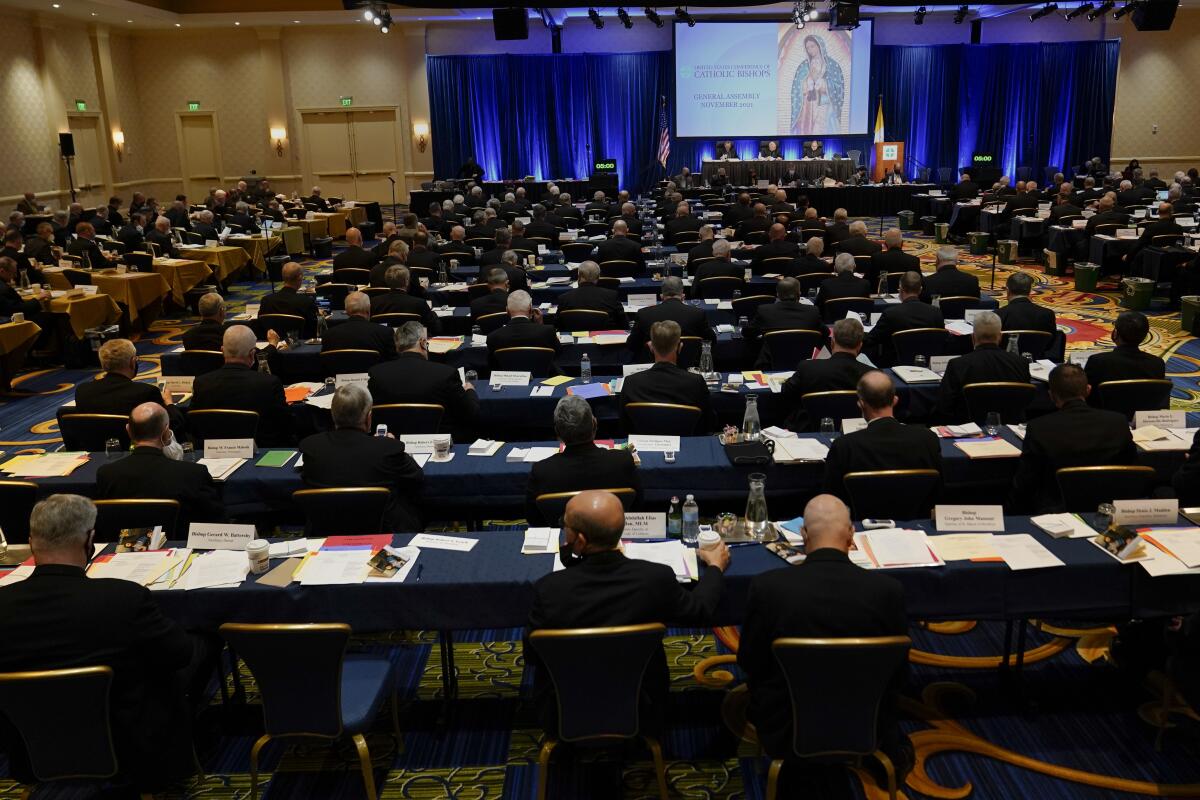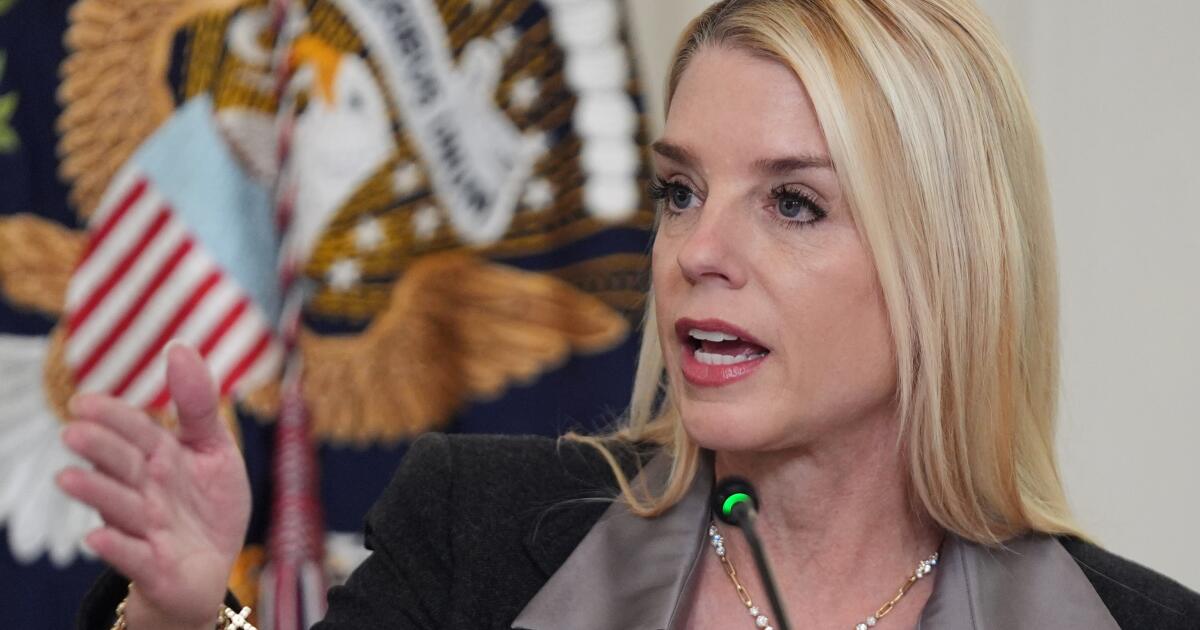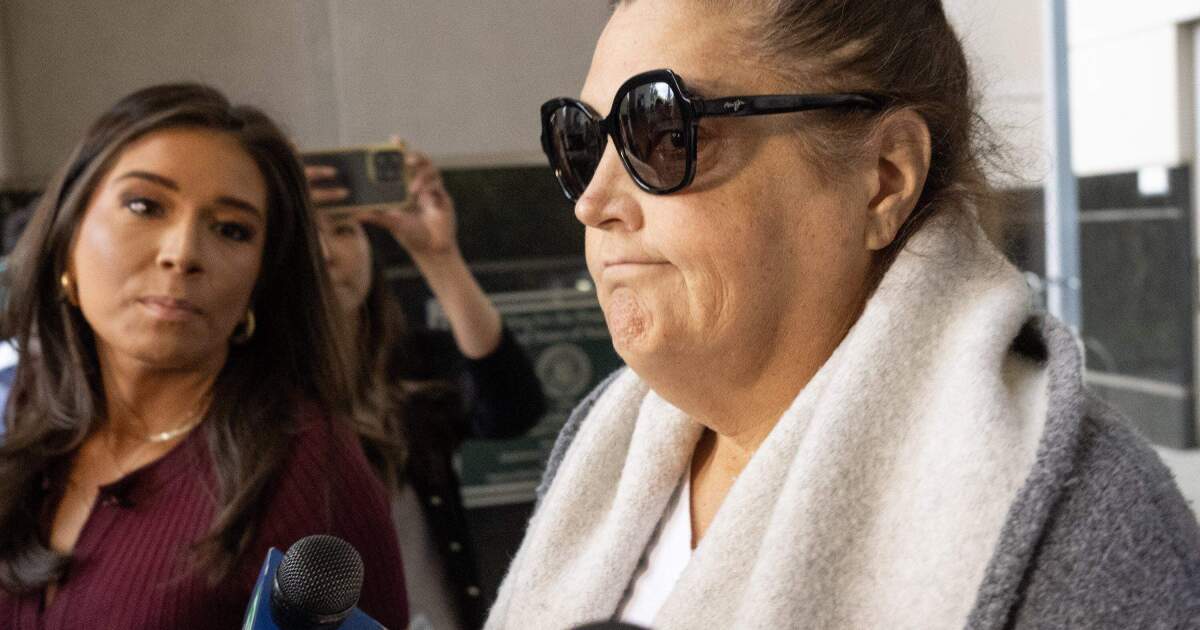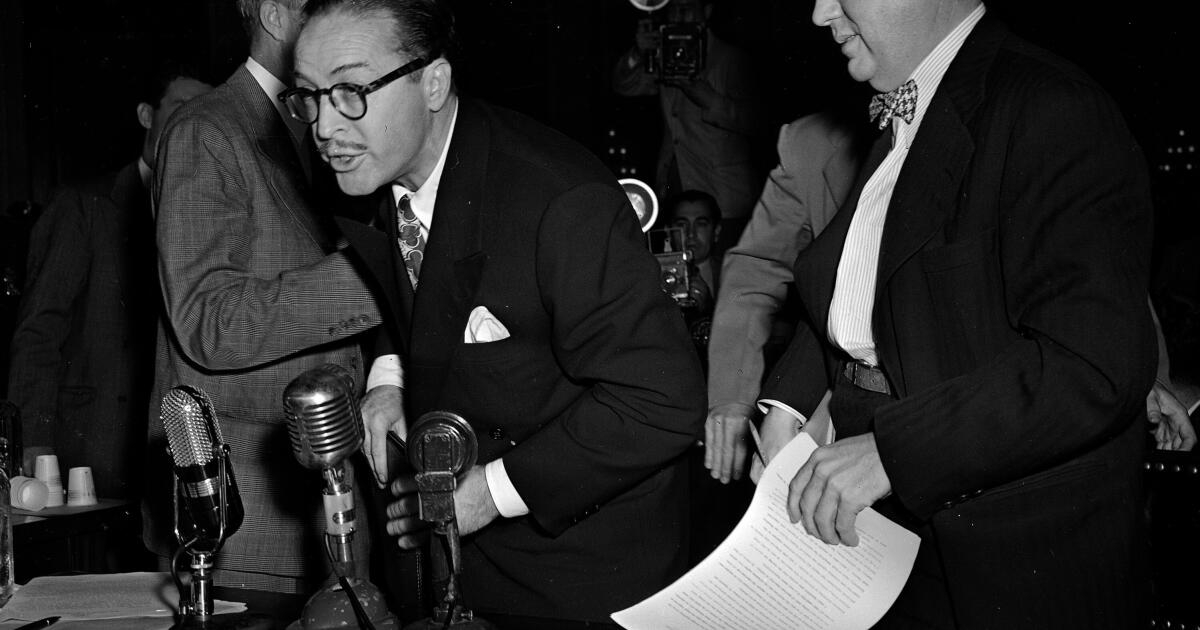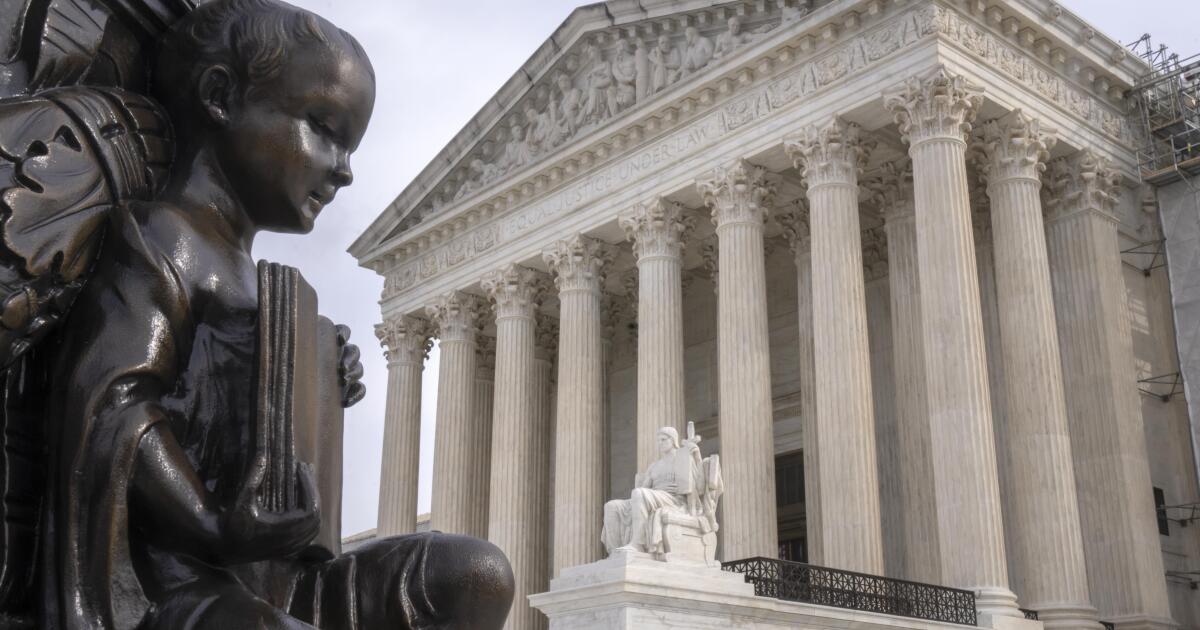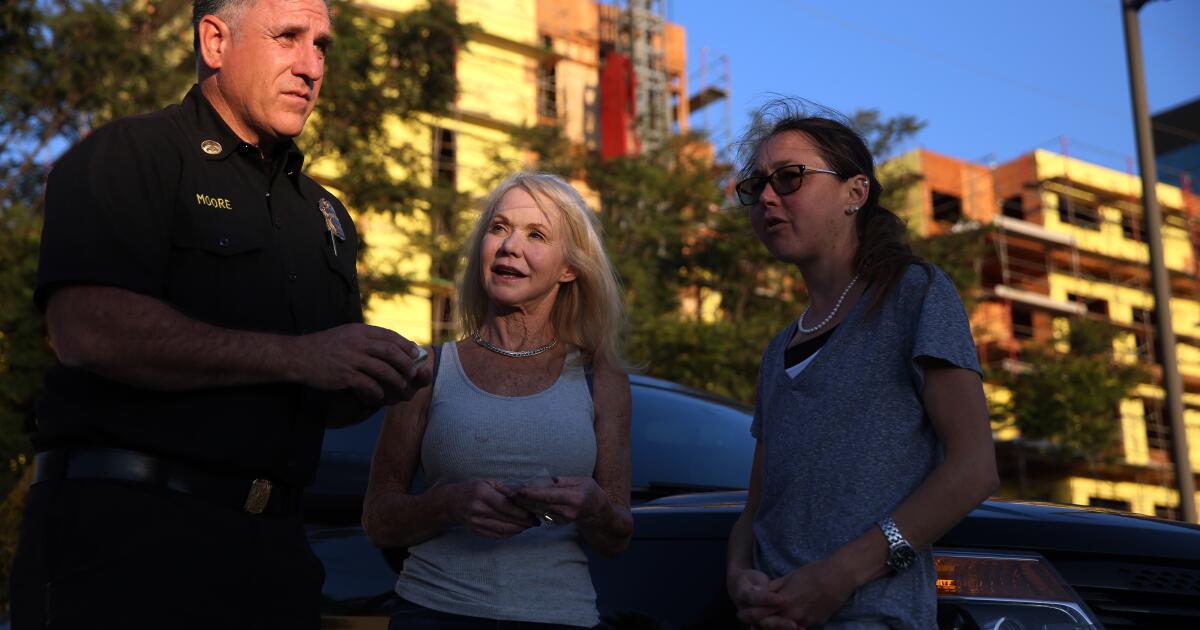Trump, like Biden before him, finds there’s no quick fix for inflation
WASHINGTON — President Trump’s problems with fixing the high cost of living might be giving voters a feeling of deja vu.
Just like the president who came before him, Trump is trying to sell the country on his plans to create factory jobs. The Republican says he wants to lower prescription drug costs, as did Democratic President Biden. Both tried to shame companies for price increases.
Trump is even leaning on a message that echoes Biden’s assertions in 2021 that elevated inflation is a “transitory” problem that will soon vanish.
“We’re going to be hitting 1.5% pretty soon,” Trump told reporters Monday. ”It’s all coming down.”
Even as Trump keeps saying an economic boom is around the corner, there are signs that he has already exhausted voters’ patience as his campaign promises to quickly fix inflation have gone unfulfilled.
Voter frustration
Voters in this month’s elections swung hard to Democrats over concerns about affordability. That has left Trump, who dismisses his weak polling on the economy as fake, floating half-formed ideas to ease financial pressures.
He is promising a $2,000 rebate on his tariffs and said he may offer 50-year mortgages — 20 years longer than any available now — to reduce the size of monthly payments. On Friday, Trump scrapped his tariffs on beef, coffee, tea, fruit juice, cocoa, spices, bananas, oranges, tomatoes and certain fertilizers, acknowledging that they “may, in some cases,” have contributed to higher prices.
But those are largely “gimmicky” moves unlikely to move the needle much on inflation, said Bharat Ramamurti, a former deputy director of Biden’s National Economic Council.
“They’re in this very tough position where they’ve developed a reputation for not caring enough about costs, where the tools they have available to them are unlikely to be able to help people in the short term,” Ramamurti said.
Ramamurti said the Biden administration learned the hard way that voters are not appeased by a president saying his policies would ultimately cause their incomes to rise.
“That argument does not resonate,” he said. “Take it from me.”
Biden on inflation
Biden inherited an economy trying to rebound from the COVID-19 pandemic emergency, which had shut down schools and offices, causing mass layoffs and historic levels of government borrowing. In March 2021, he signed into law a $1.9-trillion relief package. Critics said it was excessive and could cause prices to rise.
As the economy reopened, there were shortages of computer chips, kitchen appliances, autos and even furniture. Cargo ships were stuck waiting to dock at ports, creating supply chain issues. Russia’s invasion of Ukraine in early 2022 pushed up energy and food costs, and consumer prices reached a four-decade high that June. The Federal Reserve raised its benchmark interest rates to cool inflation.
Biden tried to convince Americans that the economy was strong. “Bidenomics is working,” he said in a 2023 speech. “Today, the U.S. has had the highest economic growth rate, leading the world economies since the pandemic.”
Though many economic indicators compared with those of other nations at the time largely supported his assertions, his arguments did little to sway voters. Only 36% of U.S. adults in August 2023 approved of his handling of the economy, according to a poll at the time by the Associated Press-NORC Center for Public Affairs Research.
Trump on inflation
Republicans made the case that Biden’s policies made inflation worse. Democrats are using that same framing against Trump today.
Here is their argument: Trump’s tariffs are getting passed along to consumers in the form of higher prices; his cancellation of clean energy projects means there will be fewer new sources of electricity as utility bills climb; his mass deportations made it costlier for the immigrant-heavy construction sector to build houses.
Former Biden administration officials note that Trump came into office in January with strong economic growth, a solid job market and inflation declining close to historic levels, only for him to reverse those trends.
“It’s striking how many Americans are aware of his trade policy and rightly blame the turnaround in prices on that erratic policy,” said Gene Sperling, a senior Biden advisor who also led the National Economic Council in the Obama and Clinton administrations.
“He is in a tough trap of his own doing — and it’s not likely to get easier,” Sperling said.
Consumer prices had been increasing at an annual rate of 2.3% in April when Trump launched his tariffs, and that rate accelerated to 3% in September.
The inflationary surge has been less than what voters endured under Biden, but the political fallout so far appears to be similar: 67% of U.S. adults disapprove of Trump’s performance, according to November polling data from AP-NORC.
“In both instances, the president caused a nontrivial share of the inflation,” said Michael Strain, director of economic policy studies at the American Enterprise Institute, a center-right think tank. “I think President Biden didn’t take this concern seriously enough in his first few months in office and President Trump isn’t taking this concern seriously enough right now.”
Strain noted that the two presidents have even responded to the challenge in “weirdly, eerily similar ways” by playing down inflation as a problem, pointing to other economic indicators and looking to address concerns by issuing government checks.
White House strategies
Trump administration officials have made the case that their mix of income tax cuts, foreign investment frameworks tied to tariffs and changes in enforcing regulations will lead to more factories and jobs. All of that, they say, could increase the supply of goods and services and reduce the forces driving inflation.
“The policies that we’re pursuing right now are increasing supply,” Kevin Hassett, director of Trump’s National Economic Council, told the Economic Club of Washington on Wednesday.
The Fed has cut its benchmark interest rates, which could increase the supply of money in the economy for investment. But the central bank has done so because of a weakening job market despite inflation being above its 2% target, and there are concerns that rate cuts of the size Trump wants could fuel more inflation.
Time might not be on Trump’s side
It takes time for consumer sentiment to improve after the inflation rate drops, according to research done by Ryan Cummings, an economist who worked on Biden’s Council of Economic Advisers.
His read of the University of Michigan’s index of consumer sentiment is that the effects of the post-pandemic rise in inflation are no longer a driving factor. These days, voters are frustrated because Trump had primed them to believe he could lower grocery prices and other expenses, but has failed to deliver.
“When it comes to structural affordability issues — housing, child care, education and healthcare — Trump has pushed in the wrong direction in each one,” said Cummings, who is now chief of staff at the Stanford Institute for Economic Policy Research.
He said Trump’s best chance of beating inflation now might be “if he gets a very lucky break on commodity prices” through a bumper harvest worldwide and oil production continuing to run ahead of demand.
For now, Trump has decided to continue to rely on attacking Biden for anything that has gone wrong in the economy, as he did last week in an interview with Fox News’ “The Ingraham Angle.”
“The problem was that Biden did this,” Trump said.
Boak writes for the Associated Press.


